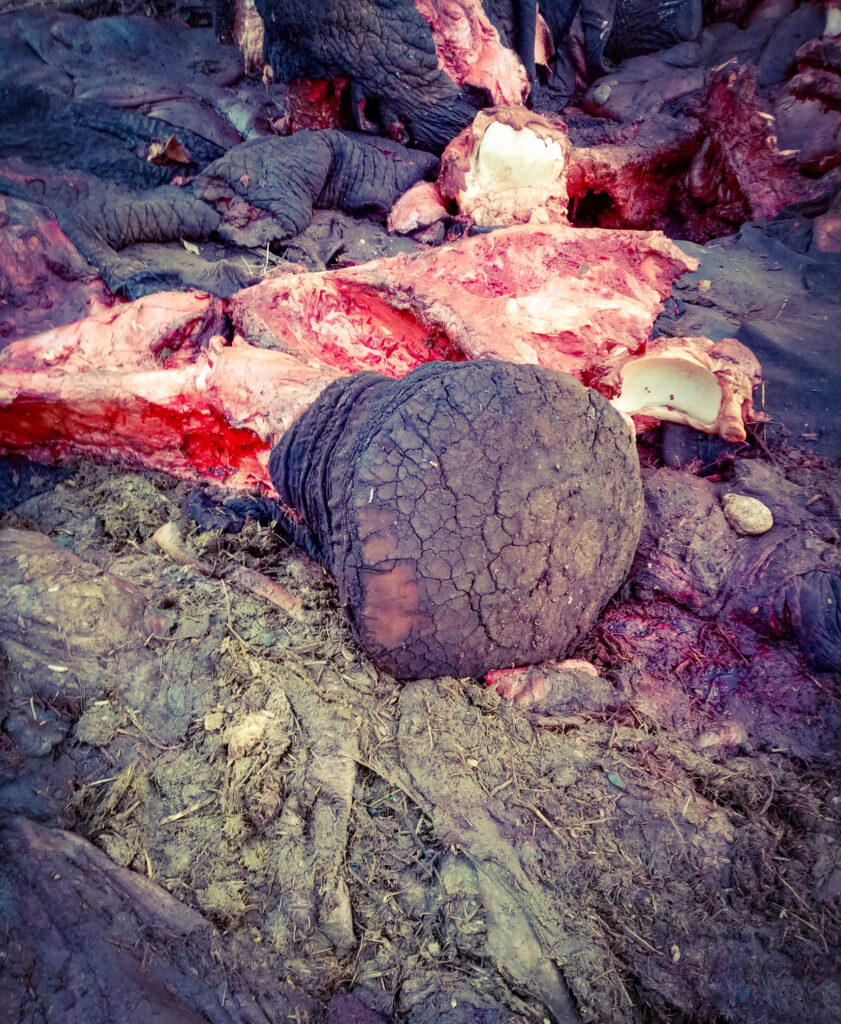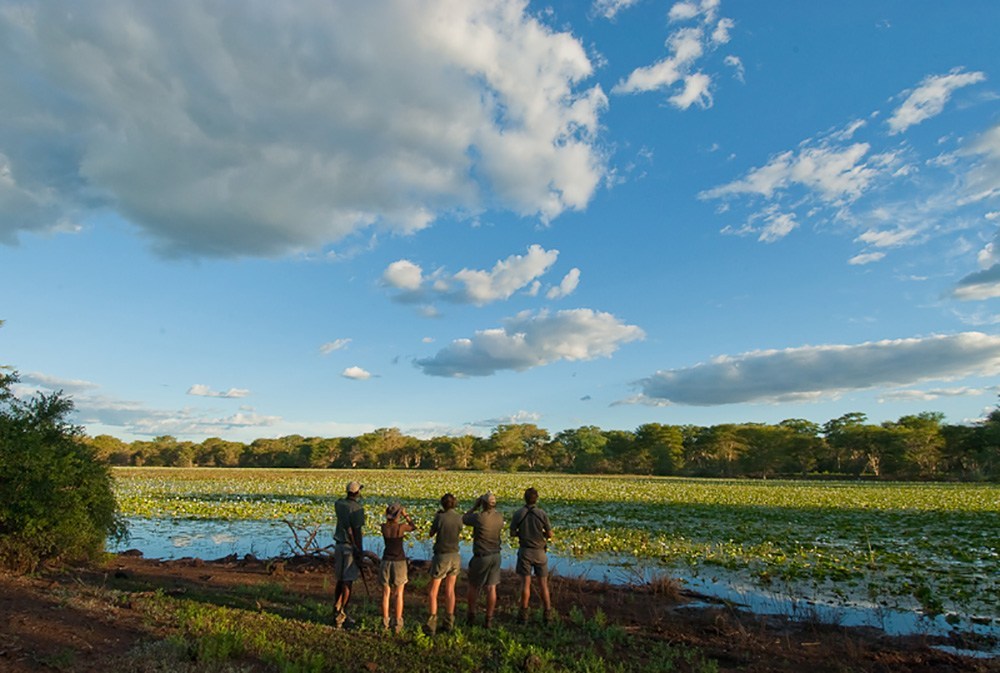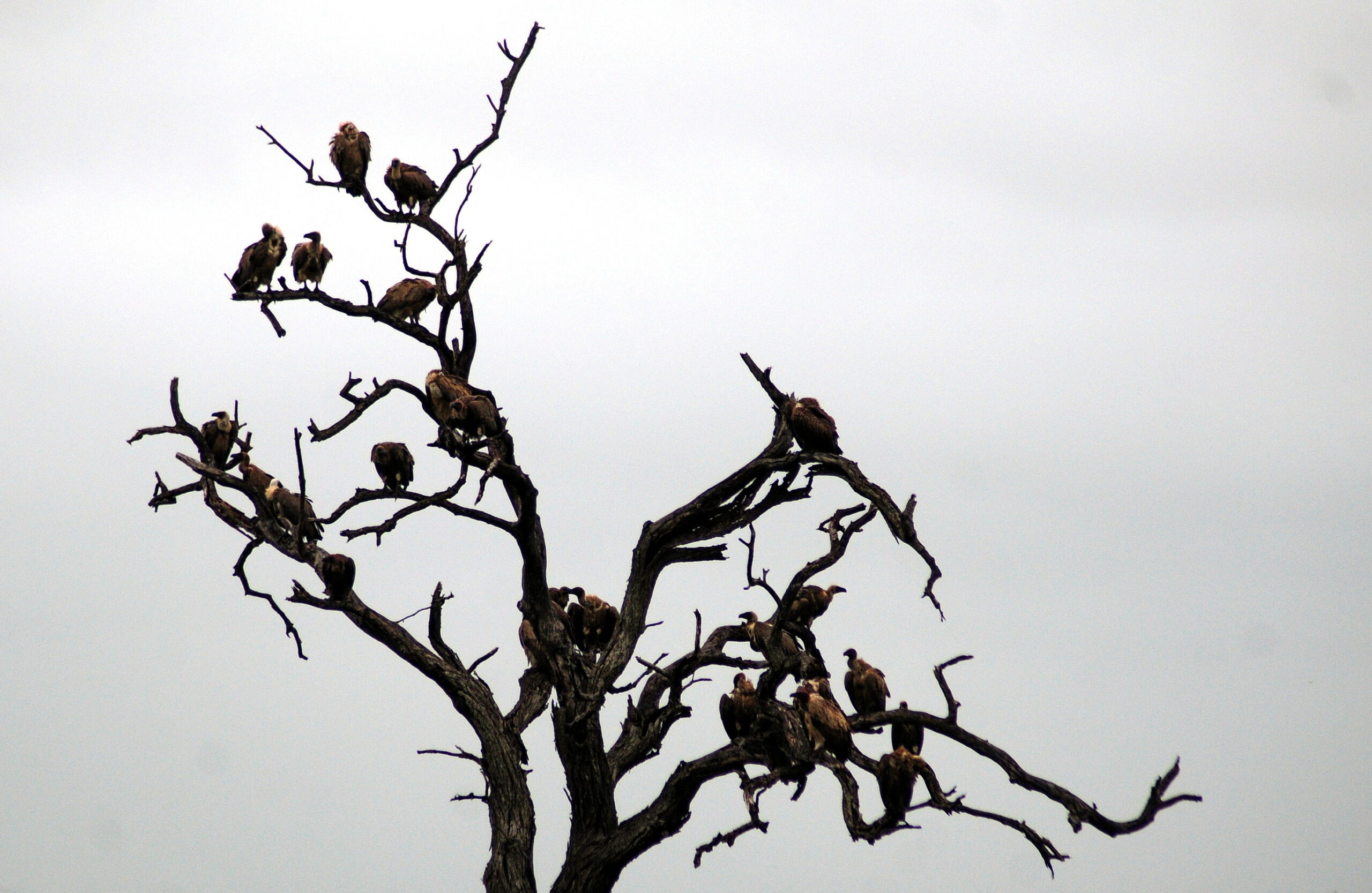Rangers believe that the recent mass poisoning in the Kruger National Park was not aimed at the mighty elephant population, but at the sky’s most misunderstood scavenger – the vulture.
Poachers operating near the Mahlangeni section of the park used snares reportedly stripped from the park’s fencing to bring down an elephant.
Instead of harvesting the full carcass, they removed only select meat portions and laced the rest with poison — a calculated move to lure vultures to a fatal feast.
“We believe that the main reason for snaring was to get rid of the vultures… because vultures serve as an early warning to rangers,” said Andrew Desmet, Mahlangeni section ranger.
On May 6, 2025, rangers responded to the unfolding tragedy using a combination of light aircraft, horseback, and on-foot patrols. The effort was supported by the Endangered Wildlife Trust (EWT), the Moholoholo Wildlife Rehabilitation Centre, and local veterinarians.

The poisoning site, just 20 kilometres from South Africa’s border with Mozambique, was flagged early by EWT’s wildlife poisoning surveillance system.
The scene lay near villages such as Hlumela, Mahlathi, and Ndindani in the Greater Giyani area, where poaching syndicates are often active.
“It is common for poachers from Mozambique to move into villages close to the park and poach from there,” Desmet explained.
The Numbers
Over 200 vultures descended upon the laced carcass. Of these, 123 were confirmed dead. Of the 84 rescued, 81 survived — including White-backed, Cape, and Hooded vultures.
“The elephant was not dehorned, everything was intact — and so were the birds,” Desmet added.
“This was not about ivory. It was a strategic attack on the vultures.”
The vulture’s role
The White-backed vulture, found in large parts of South Africa, Namibia, and even the tropical forests of West Africa, plays a critical ecological role. It feeds exclusively on carrion — the decaying flesh of dead animals — and helps prevent the spread of harmful bacteria and viruses.
The final species breakdown at the scene: 102 White-backed vultures, 20 Cape vultures, and one Lappet-faced vulture — all listed as endangered or critically endangered. This marked one of the most significant single-species wildlife losses in recent South African history.
“We don’t need a lot of these incidents to really damage the population completely,” said John Davis, Endangered Wildlife Trust. “We have this happen in a year and we lose the population. That’s the risk.”
Currently, there are an estimated 950 White-backed vulture breeding pairs in Kruger, around 60 White-headed vultures, fewer than 40 Hooded vultures, and only 25 Nubian vultures nesting across the entire park. These birds migrate frequently across borders into Mozambique, Zimbabwe, and western South Africa, returning to Kruger in under a week. A poisoning of this scale undermines conservation efforts across the region.

Bush knowledge
Although communities living near protected areas are often the first to be blamed, it is important to understand the complex history of these villages. Many residents were forcibly removed from their ancestral lands and have since relied on bush knowledge passed down through generations.
Subsistence poachers often have no formal education, having grown up herding cattle, tracking wildlife, and learning to survive off the land.
“Their school is the bush,” Desmet said. “Their skill is phenomenal, really good bush people.”
Poisoning methods are also used to target other species like lions and leopards.
“So, if they get the lion,” he explained, “they cut it open, take the body fat, cut off the paws and head, and harvest these — because those are valuable.”
On 27 June, during a media excursion, rangers and journalists discovered a deserted poachers’ camp hidden in the bush.
It contained makeshift sleeping areas, a fireplace, and lines used to dry bushmeat — which is easier to transport once dried. Nearby, a blackened pot with crusty porridge sat near a discarded seasoning packet. Rangers estimated the site had been abandoned a week or two earlier.
A panga, gun oil, and empty bottles suspected to have held poison were also found.
“This wasn’t staged,” said Isaac Phaahla, SANParks spokesperson. “This is what bushmeat trade looks like in real life — organised, hidden, and deadly.”
Toxic policy
Lab findings have confirmed that the poison used was an organophosphate pesticide — a chemical originally developed for agricultural pest control. These pesticides work by disrupting the nervous system, causing paralysis and death in birds and mammals within minutes.
Despite their lethality, many of these chemicals remain legally sold in South Africa, often with minimal regulation or oversight.
Communities in Contrast: The Makuleke Model

But not all communities bordering Kruger conflict with wildlife.
The Makuleke community, located in the Pafuri Triangle, tells a different story. After winning a landmark land claim, they chose not to accept financial compensation but instead reclaimed 270,000 hectares of land inside Kruger National Park. Since then, they have forged a strong partnership with conservation authorities.
Makuleke is now home to its clinic, streetlights, and tourist accommodation inside the park — all rooted in a community-led eco-tourism model.
Speaking at Makuleke Day celebrations on June 28, 2025, traditional leader Hosi Humphrey Mugakula Makuleke emphasised the value of their strategic position and their commitment to wildlife protection.
Calls for change
Conservationists are calling for urgent reform, including a nationwide ban on highly toxic substances, following examples set by several European countries. There is also a growing push for stricter pesticide tracking, stronger public education, and real legal consequences for misuse.
Until then, the vultures — and the ecosystems that depend on them remain in peril.
